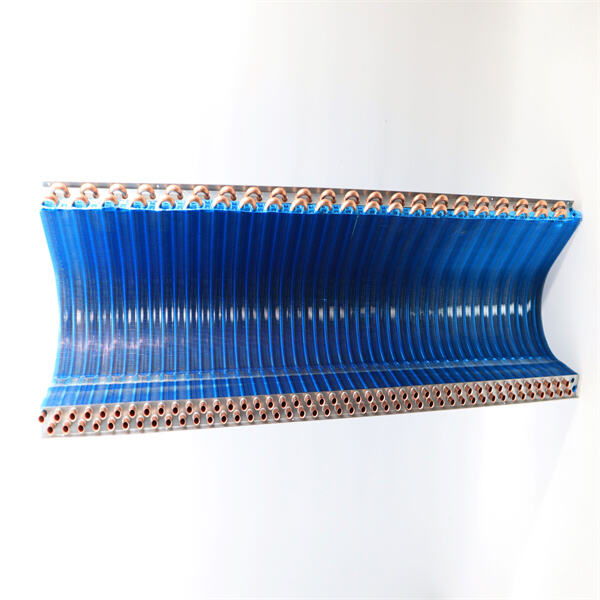Heat is what makes you get that hot or warm feeling. As mentioned above, heat is a type of energy that may flow from one material to another. In short, you can feel the warmth of a cup cocoa when your physically make contact with it. It is this transfer of heat which makes a lot of our everyday activities possible, from heating our houses in cold weather to cooking tasty meals. An example of a type of machine that does this work is the heat exchanger. Heat exchangers are the devices that help to transfer heat between two or more places.
Heat exchangers are devices which facilitate the transfer of heat from one medium to another. They are used in a plethora of situations. For instance, they are used in our residences to help maintain us warm via winter season and in automobiles to fail the engine. Heat exchangers operate by removing heat from cold substances such as hot radiator water (the transfer fluid) and transporting it into lower-grade energy, including room air. This process helps to maintain the temperature at which we are comfortable and safe.
Heat exchangers consist of two main parts, a network of tubes or pipes in which the heat moves through and structure that is able to keep everything together. These tubes or pipes are usually metal, made of either copper or aluminum because these materials conduct heat well. Large surface area — Improves testicle heat diffusion It really comes down to surface area – more surface means heat can move through. One of the many things you need to consider is its casing, as it shields the tubes and makes sure everything stays together. The tubes can’t work right if they are damaged and the heat exchanger won't function without casing.
Convection: heat is transferred through a fluid like air or water. For instance, when you boil water, the heat from the hot bottom of that pot goes up into cooler liquid and sinks to warm more cool areas around (which causes it after a second or few) doing so in circular fashion through all molecules above/the whole pot.

And each respect in which heat can be moved — kinetic vs. potential, conduction + re-radiation by gas molecules and so forth or emissive aero-frictional heating as though you were trying to burn stuff up with friction etc., here on Earth there are many separately important ways of getting good at moving heat around efficiently under various prescribed constraints … For instance, convection is very efficient in heating up a big space like room while radiation can work best in warming up an object or specific thing where you want the heat localized such as grilling marshmallows using open flame.

There are many systems while where heat exchangers do a significant work based on that it need its best care. As time passes, heat exchangers may become dirty or corroded which will eventually inhibit performance. Without maintenance, they can run into issues and could lead the entire system to be brought down. This was the main reason to do regular check-ups and maintenance on an appliance. Cleaning and maintaining our heat exchangers can help them work properly, in addition to ensuring that they last us a long time giving us the heat we need.

Heat exchangers evolve with the technology. Materials and designs that can help them work more efficiently are always being sought by scientists and engineers. That includes materials that can withstand super-hot temperatures, researchers explain. All these things enhance the better heat exchange phenomenon in the case of which using such materials is mandatory. Some new designs are even being worked on that can enhance the heat transfer surface, increasing efficiency and our ability to regulate a comfortable environment.